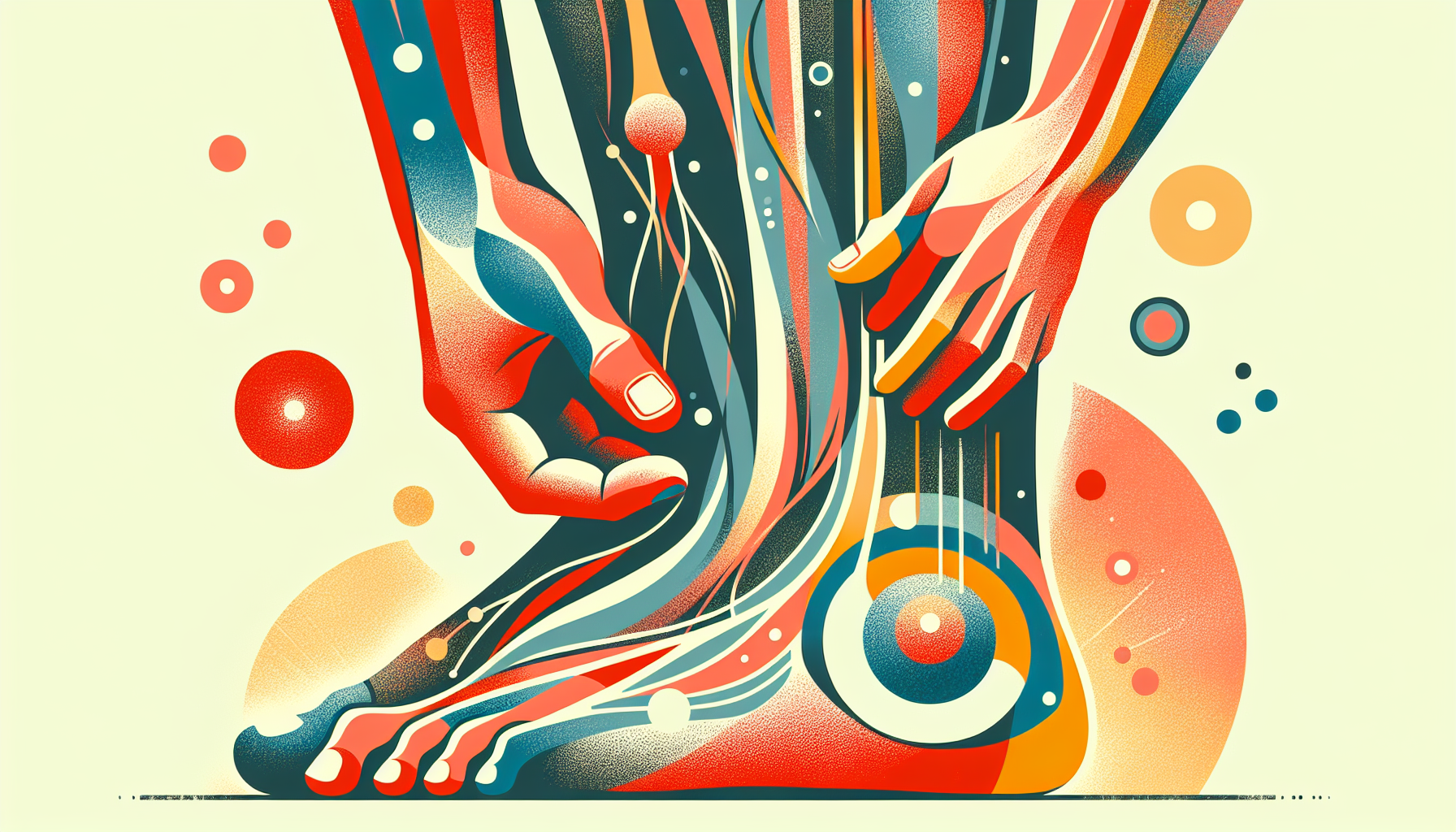Can I Take Zepbound a Day Early?
Key TakeawaysZepbound is a once-weekly injectable medication for weight management and obstructive sleep apnea (OSA) linked to obesity.Taking Zepbound a day early is [...]
Read More
Medically reviewed by Abhijit Bhattacharyya | MD, PhD, MBA, Tufts University School of Medicine - Miami, Florida on September 2nd, 2023.
Bunions are a common foot problem that can cause pain and discomfort. If you've noticed a bony bump at the base of your big toe, you may be dealing with a bunion. In this article, we'll explore what bunions are, their causes, symptoms, and available treatment options.
A bunion is a bony bump that forms at the base of the big toe, where it connects to the foot. This bump develops when the big toe leans slightly toward the other toes, causing the base of the big toe to push outward against the first metatarsal bone behind it. Over time, this pressure can lead to the formation of a bunion.

Some common symptoms of bunions include:
A visible bony bump at the base of the big toe
Swelling, redness, and tenderness around the bump
Pain that is constant or comes and goes
Limited movement of the affected joint or toe
Misalignment of the big toe, causing it to stick out
Corns or calluses on the bump due to friction from shoes
Several factors can contribute to the development of bunions, such as:
Genetics: Bunions can run in families
Foot structure: Weak or poor foot structure may lead to bunions
Leg length: Having one leg longer than the other can cause a bunion on the big toe of the longer leg
Arthritis: Certain types of arthritis, especially inflammatory types like rheumatoid arthritis, can make bunions more likely
Shoes: Wearing high heels or tight shoes may increase the risk of developing bunions, which is why they are more common in women than men
If you experience pain while walking in comfortable, flat shoes, it's a good idea to consult a podiatrist (foot specialist). They will examine your foot and may request an X-ray to determine the best course of treatment for your bunion.
Your doctor may suggest the following methods to help alleviate pressure and pain:
Wearing shoes that provide ample space for your feet
Using pads or cushions to create a buffer between the bump and your shoes
Taking over-the-counter pain medicine or anti-inflammatory drugs
Adding foot support to your shoes
Icing your bunion, especially when it's bothering you or after prolonged periods of standing or walking
If non-surgical treatments don't provide sufficient relief, your doctor may recommend surgery. Bunion surgery may involve:
Removing inflamed tissue from around the toe joint
Straightening the toe by removing some bone
Realigning one or more bones to correct the abnormal angle
Joining bones in parts of the foot
Recovery from bunion surgery can take time. Be sure to discuss the expected recovery process with your doctor if you are considering surgical treatment.
If you suspect you have a bunion, don't hesitate to seek medical advice. Early intervention and proper treatment can help manage pain and prevent the condition from worsening. For more information on foot health, visit The American Podiatric Medical Association and FootCareMD.
Key TakeawaysZepbound is a once-weekly injectable medication for weight management and obstructive sleep apnea (OSA) linked to obesity.Taking Zepbound a day early is [...]
Read MoreKey TakeawaysZepbound is an FDA-approved medication for chronic weight management in adults with obesity or overweight, and for moderate to severe obstructive sleep apnea [...]
Read MoreKey TakeawaysZepbound is a once-weekly injectable medication that supports weight loss by activating hormone pathways regulating appetite and digestion.After the first dose, [...]
Read More